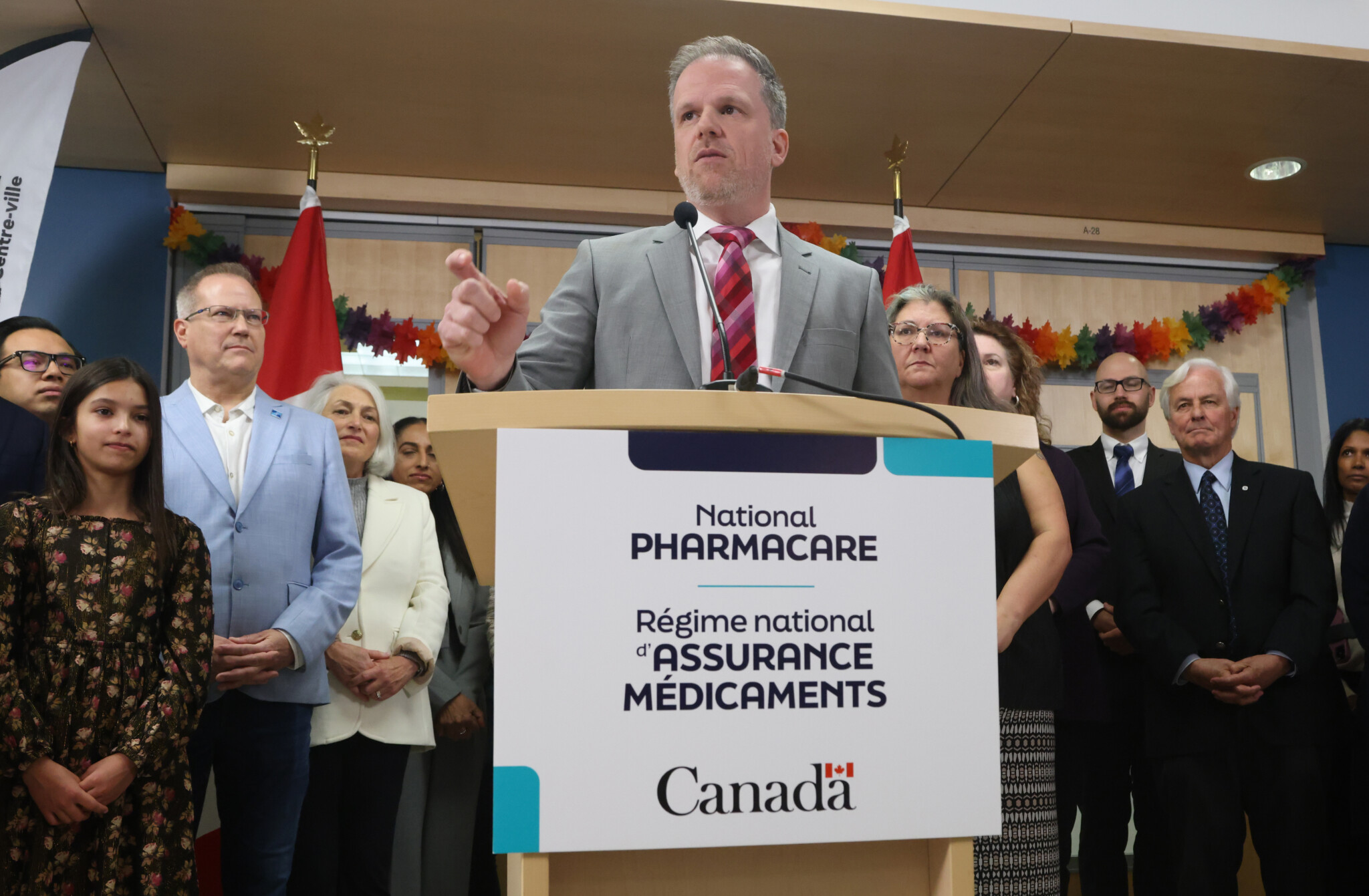Canada prides itself on providing high-quality, equitable health care for all. Yet, Canadians could soon see their access to essential drugs threatened by supply chain vulnerabilities, shifting trade dynamics, and other geopolitical risks.
Against this backdrop, the federal government assembled a committee of experts to guide the implementation of Bill C-64, the Pharmacare Act, but did not include any representation from the pharmaceutical industry. The industry was not even asked to propose a representative free of conflicts of interest, such as a Canadian industry retiree.
A pharmacare model built without the guidance of industry experts risks overlooking crucial factors, such as the availability of advanced medications and the infrastructure required to maintain a stable drug supply.
Take insulin, for example. Both Eli Lilly and Sanofi produce insulin in the U.S., France, Russia, China, and other countries. Trade is impacted by many factors, including tariffs, geopolitical tensions, and conflicts. Addressing medication supply issues requires industry expertise, as the process is far more complex than simply considering cost.
Canada currently lacks the infrastructure to produce most treatments domestically, a gap that becomes especially troubling given the challenges in Canada-U.S. relations. A protectionist stance or disruptions caused by significant changes to regulatory bodies in the U.S.—such as those proposed by health secretary nominee, Robert F. Kennedy Jr.—could affect our access to U.S.-sourced pharmaceuticals.
Our exposure to potential supply chain disruptions and international trade barriers is a case of “déjà vu.” Canada experienced similar issues during the COVID-19 pandemic when border restrictions interrupted the influx of medical supplies being imported from the U.S. At that time, Canada was forced to line up behind other countries to secure lifesaving vaccines. Since then, the government’s $2 billion investment to enhance Canada’s ability to produce vaccines and biologics has only begun to scratch the surface.
Another example occurred in 2022 when pharmacy shelves were devoid of infant and children’s fever and pain medications due to supply challenges amid a surge of illness. Several factors, including regulatory requirements, caused delays in restoring supply in Canada, while the U.S. was minimally impacted. In all such cases, collaboration with industry has been essential to restoring access to essential medicines, vaccines, and supplies.
At this critical juncture, it is essential to learn from the vulnerabilities exposed by these past experiences. The government is missing a key opportunity to work with industry experts to help mitigate risks, prepare for possible disruptions, and build a robust pharmacare program that ensures patients continue to have access to new and innovative treatments.
The solution to these challenges lies in collaboration, and it starts by involving Canada’s pharmaceutical industry all along, even ahead of pharmacare implementation. Industry insights into regulatory requirements, research and development, and complex global pharmaceutical supply chains will be invaluable in developing an effective and resilient pharmacare program.
By including industry leaders, the federal government can strengthen Canada’s domestic pharmaceutical infrastructure, anticipate potential trade barriers, and ensure a stable supply of life-saving medications and vaccines. The government must recognize this and make room at the table for the pharmaceutical industry to help build a pharmacare system that serves Canadians now and in the future.










